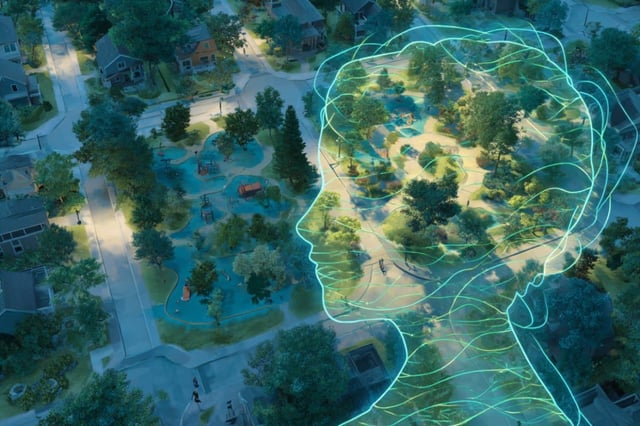Overview
- The national cohort study of over 1.8 million Medicaid-enrolled mother–child pairs used satellite-derived vegetation data from preconception through early childhood to assess greenness exposure.
- Prenatal green space exposure correlated with lower autism spectrum disorder risk, preconception exposure inversely linked to intellectual disability, and early childhood exposure protected against learning difficulties.
- Protective associations remained significant after adjusting for individual and area-level confounders and held up across multiple sensitivity analyses.
- Children in urban areas and those identifying as Black or Hispanic experienced the strongest reductions in neurodevelopmental disorder risks.
- Researchers are urging public health officials and urban planners to expand access to residential green spaces as a modifiable strategy for supporting early brain development and reducing disparities.

